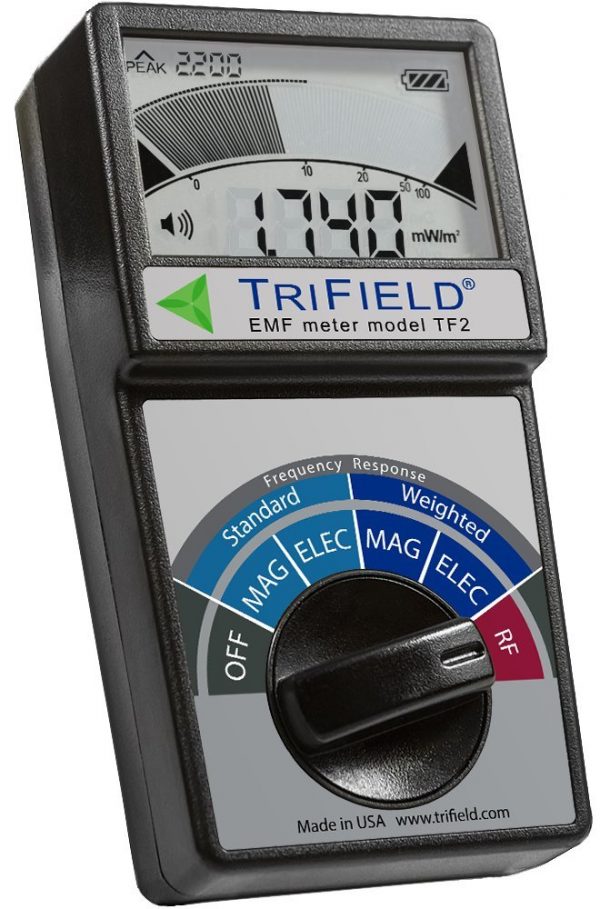No matter if you live in an apartment or house, or you just need to ensure that your house is free of EMFs There are a variety options to limit your exposure. One of the most effective is to limit the usage of your electronic devices. It is also possible to use EMF block paint to stop EMF radiation from entering your home. Another way to shield your home from EMF radiations is to install a RF shielding canopy. https://travis-stryhn.blogbright.net/details-of-emf-blocking-radiation-1681417949 is a type of net that has EMF shielding and is used to stop EMFs from entering a space. Another option is to have your home fitted with an enclosure that is conductive. They are referred to as Faraday cages.
Several studies have shown how the EMF that is not ionized can cause antiproliferative effects in HCC cells. The mechanism behind AM RF EMF's anticancer activity in vitro is believed to involve down-regulation in cancer-related stem cells. This could explain the long-term response seen in patients with advanced HCC. However, the mechanism of AM RF EMF's effect in cancer patients is not clear.

Effects of AM electromagnetic fields (RFEM) on HCC tumor growth in vivo were studied in mice. The tumors were classified into three groups. First, the group that was unaffected to RF EMF. https://travis-engberg.hubstack.net/facts-about-emf-blocking-radiation-1681417727 of participants was subjected RF EMF at the same frequency to that of humans. The third group was exposed RF EMF at HCC-specific modulation frequencies. The effect of HCCMF on tumors was compared to that of RCF. The results revealed that tumours treated with HCCMF had significant shrinkage. However, the tumours treated with RCF showed no evidence of shrinkage in the tumour.
The reason for cancer-specific AM RF EMF may be due to the fact that tumor cells require Cav3*2 T-type voltage calcium channels to promote proliferation and down-regulation. AM RF EMF's antiproliferative effect on HCC cells is caused by CACNA1H which is a protein which is responsible for the influx of Ca2+ specific to tumours. The findings suggest that CACNA1H could have more broader implications for the diagnosis and treatment of various cancers.
The tumours of the control group were not exposed to RF EMF, and were fed a normal mouse diet. The tumors of HCCMF HCCMF group were infected with Huh7 cells when they were between five and seven weeks old. The tumours were then euthanized when they showed excessive burden.
The tumors in the three groups also showed different growth curves. The tumors treated with HCCMF showed a significant decrease in size of the tumor after eight weeks. However, Click for info treated with RCF didn't show reduction in size. The difference was significant. The tumors treated by RCF were able to show necrosis, which is typical in tumors that have been that are exposed to RCF. There is a possibility that the necrosis was due to a lack of oxygen in larger tumors.
In summary, the results suggest the fact that AM EMF exhibits anti-cancer properties in vitro as well as in the vivo. Numerous studies have demonstrated the fact that AM RF EMF produces measurable shrinkage of tumors in HCC patients. The possibility is that the AM EMF triggers these effects through CACNA1H, a protein that is involved in tissue-specific Ca2+ influx. Additionally, AM RF EMF may exert a sustained impact on the growth of HCC tumours in living tissue.
